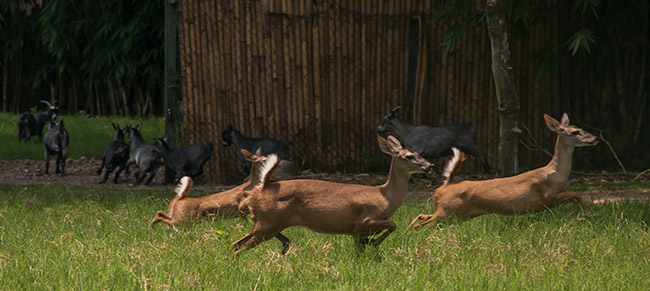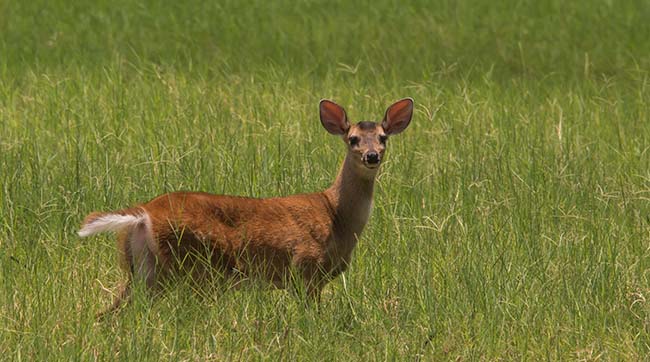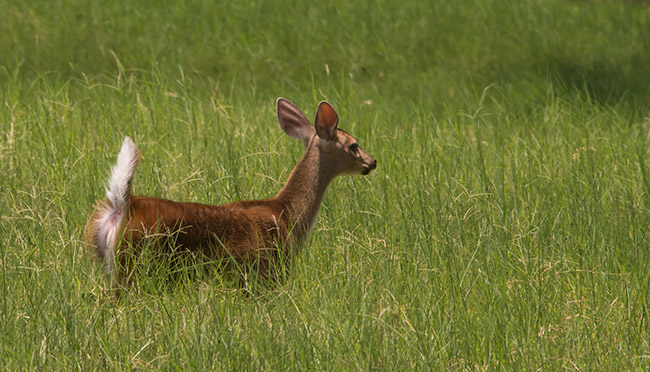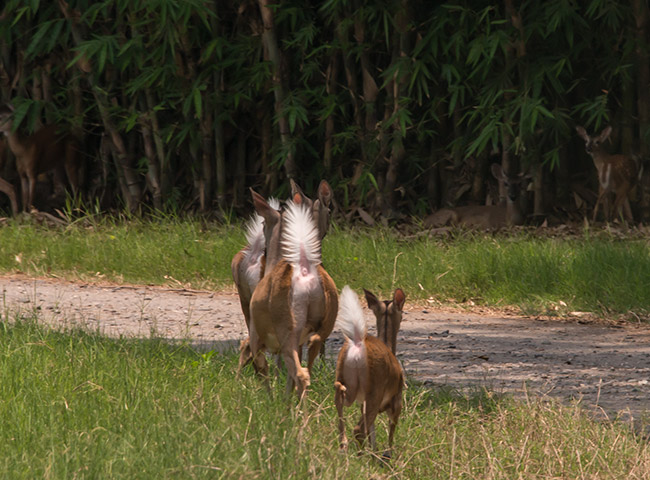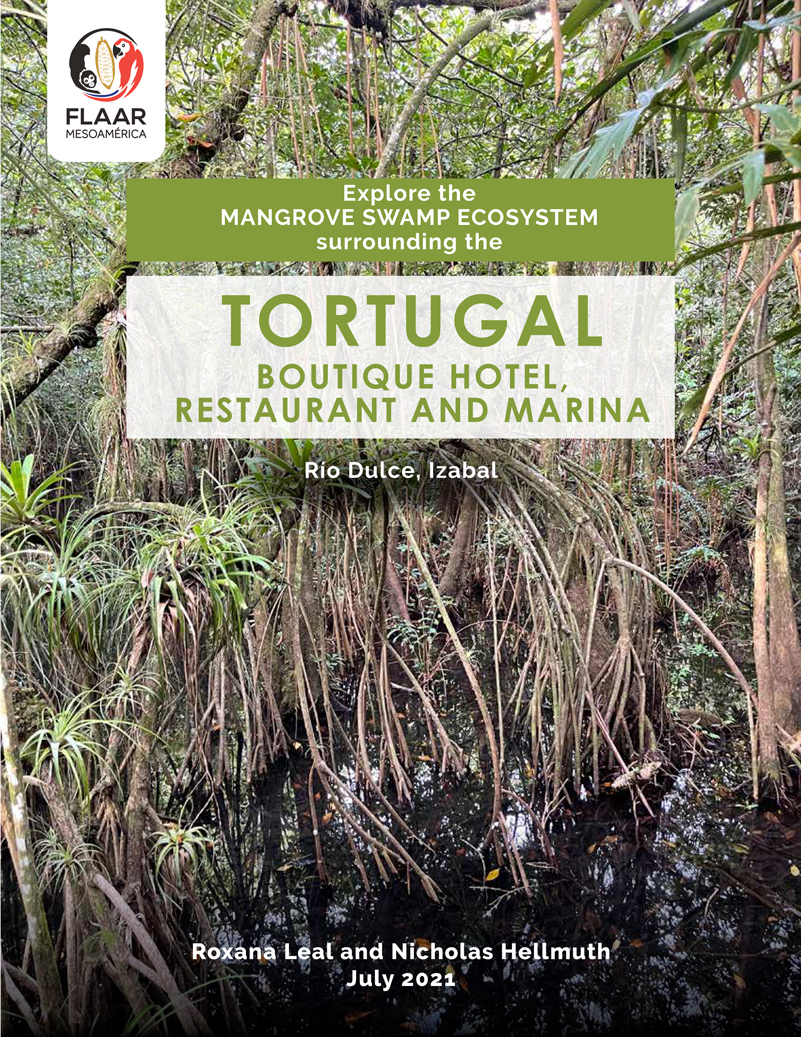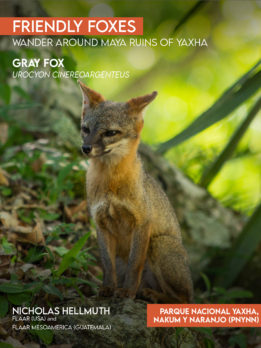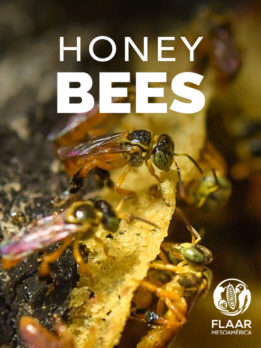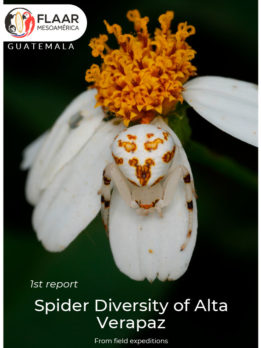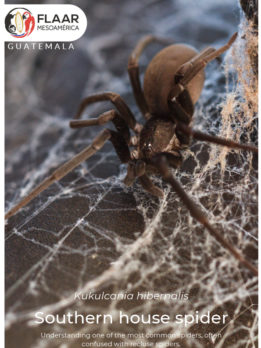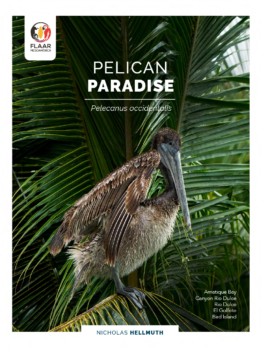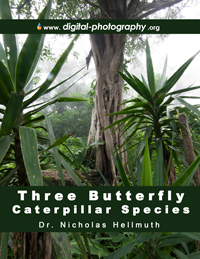These are called white-tailed deer not just because the tail is white, but because the tail is raised as an alarm signal. When raised the white color is much more visible to any and all of the herd who are within visible distance.
White-Tailed deer, photographed at AutoSafari Chapin, April 2015
So this web page is to show the white tail in action. The tail is not raised the entire time a deer runs; the tail may be flipped up, and then settle down (and then be raised again for sending more signal later).
White-Tailed deer with tail down, photographed at AutoSafari Chapin, April 2015
White-Tailed deer with raised tail, photographed at AutoSafari Chapin, April 2015
White-Tailed deer, photographed at AutoSafari Chapin, April 2015
White-Tailed deer, photographed at AutoSafari Chapin, April 2015
These deer are Guatemalan species. They are in the park-like zoo named AutoSafari Chapin, on one of the routes towards Monterrico. The zoo owner, Francois Berger, has facilitated our being able to photograph the animals here for many years.
White-Tailed deer, photographed at AutoSafari Chapin, April 2015
A decade ago there was a herd of white-tailed deer inside the Copan Ruinas archaeological park in Honduras. There was even a spider monkey which ran with the herd. But this was in the 1970's. I believe the deer are still there but if so they come out only at night (when the park is closed to the public). I would estimate that the monkey has not lived all the intervening decades. But it is definitely worth mentioning that a spider monkey lived for years with a herd of deer.
Deer (and monkeys) are edible and were food for the Maya
Since the Maya had no cattle or other large domesticated food animals, the deer were a major source of meat (for those who could afford it). One of the few four-footed domestic animals the Maya ate would have been their hairless, barkless dogs.
We cover the Maya diet on other pages of our network (www.maya-ethnobotany.org and www.maya-archaeology.org).
Check our Maya-Archaeology page on which we also cover the white-tailed deer.
First posted April 30, 2015
After doing photography of the herd of white-tailed deer at AutoSafari Chapin for the umpteenth time.


